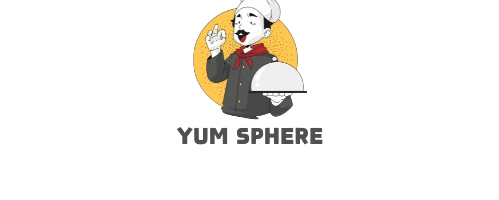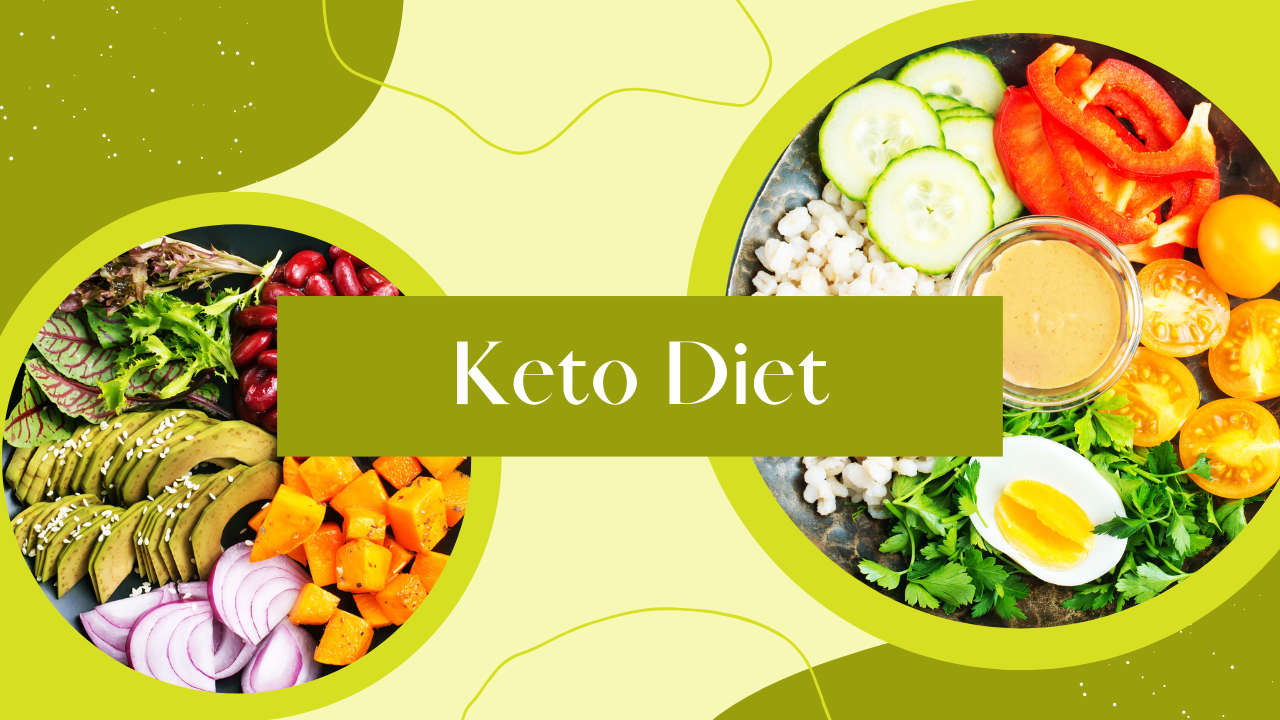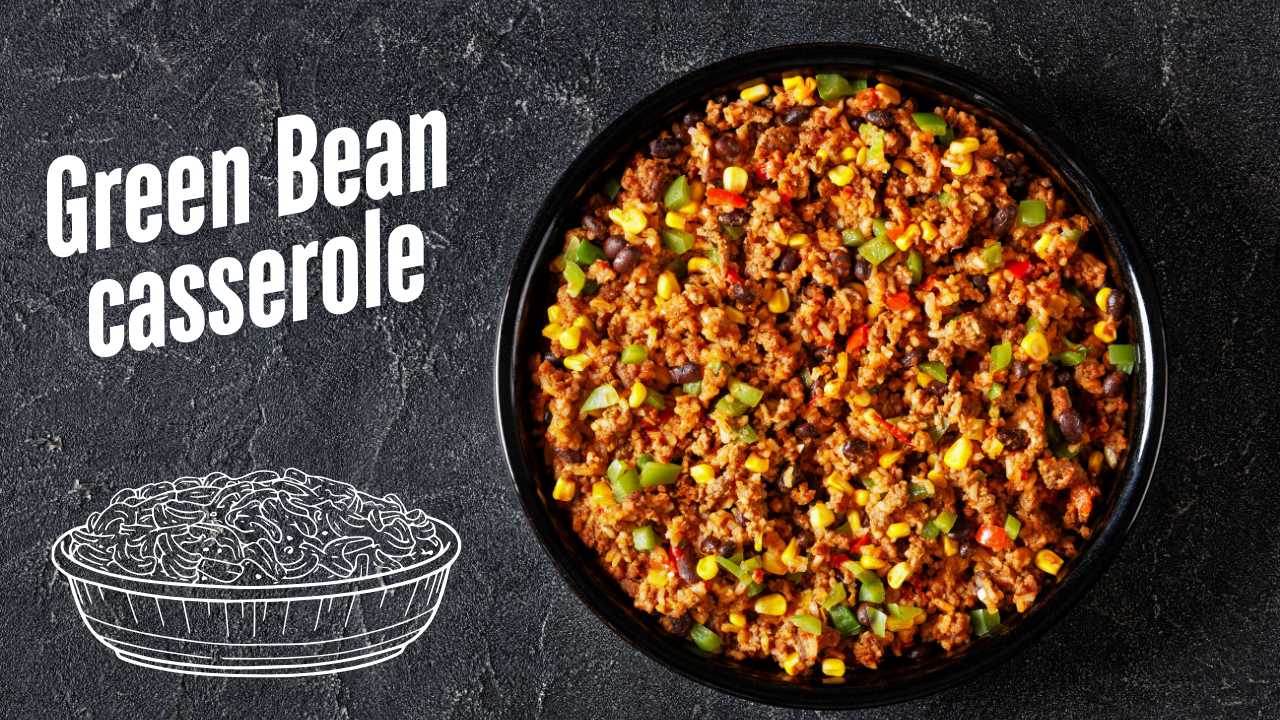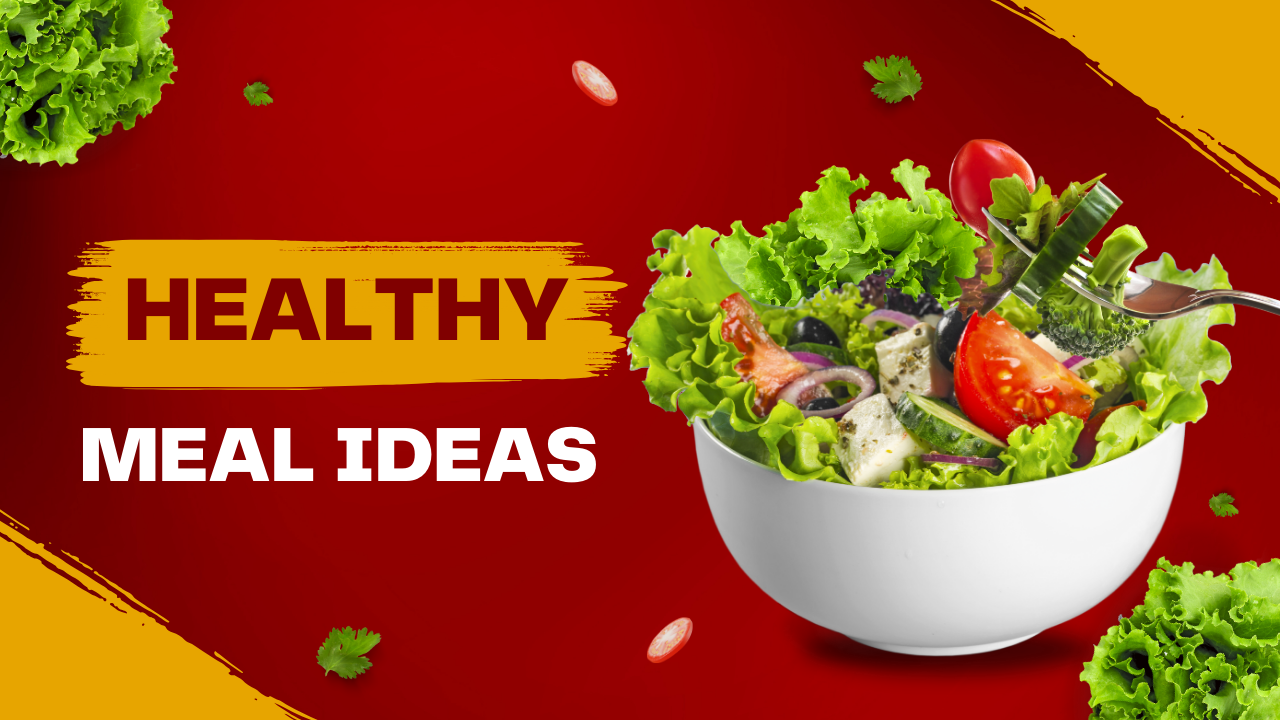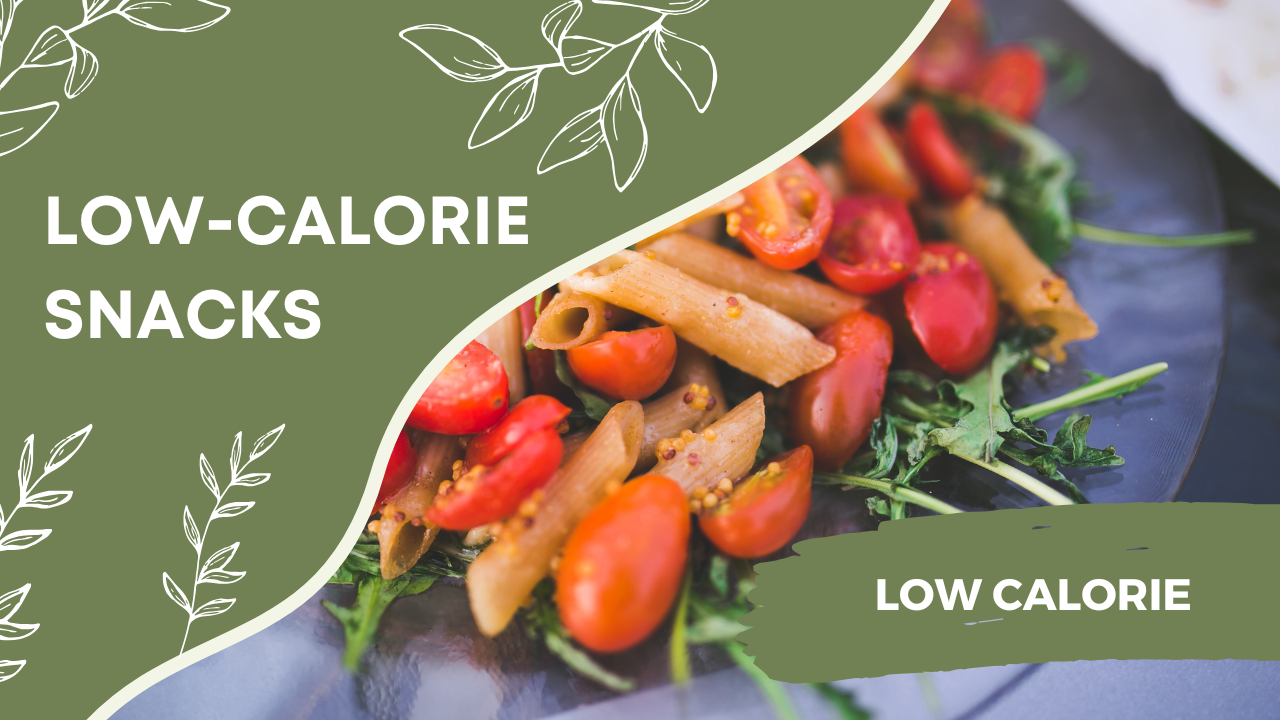The Keto Diet: A Beginner’s Guide to Low-Carb Living with Amazing Results
The keto diet has become one of the most popular ways to lose weight, boost energy, and improve overall health. But what exactly is it, and how does it work? If you’re curious about starting a keto diet, this guide will help you understand the basics, benefits, and how to follow it effectively.
What is the Keto Diet?
The ketogenic (keto) diet is a low-carb, high-fat eating plan designed to help your body enter a state called ketosis. In ketosis, your body burns fat for energy instead of carbohydrates, which can lead to weight loss and other health benefits.
How Does It Work?
Normally, your body uses carbs as its main energy source. When you reduce your carb intake to a very low level (usually under 50 grams per day), your body starts breaking down stored fat into molecules called ketones, which fuel your body and brain.
Benefits of the Keto Diet
- Weight Loss – Since your body burns fat for energy, you naturally lose excess body fat.
- Stable Energy Levels – No more sugar crashes! The keto diet provides a steady source of energy.
- Reduced Hunger – Fat and protein keep you full longer, reducing cravings.
- Improved Mental Focus – Ketones are a great fuel source for the brain, helping with focus and clarity.
- Better Blood Sugar Control – The keto diet may help lower blood sugar levels, which is beneficial for people with diabetes.
READ MORE: Green Bean Casserole
What to Eat on Keto
The key to success on the keto diet is eating low-carb, high-fat foods while avoiding sugar and starchy foods.
✅ Foods to Eat
- Healthy Fats: Avocados, olive oil, coconut oil, butter, nuts, and seeds
- Protein: Meat, poultry, fish, eggs, and cheese
- Low-Carb Vegetables: Spinach, kale, zucchini, cauliflower, broccoli
- Dairy: Heavy cream, full-fat cheese, Greek yogurt (unsweetened)
- Berries (in moderation): Strawberries, raspberries, blackberries
❌ Foods to Avoid
- Sugary Foods: Soda, candy, cakes, and ice cream
- Grains and Starches: Bread, rice, pasta, and cereals
- Fruits (high in sugar): Bananas, apples, oranges
- Legumes: Beans, lentils, chickpeas
- Processed Foods: Chips, crackers, fast food
Keto Meal Plan Example
Breakfast
- Scrambled eggs cooked in butter with spinach and avocado
- Keto coffee (coffee with heavy cream and coconut oil)
Lunch
- Grilled chicken with mixed greens and a homemade olive oil dressing
- Cheese and a handful of almonds
Dinner
- Salmon with roasted cauliflower and garlic butter
- A side of sautéed zucchini
Snack Ideas
- Cheese and olives
- Hard-boiled eggs
- Peanut butter with celery sticks
Common Keto Mistakes to Avoid
- Not Eating Enough Fat – You need healthy fats to keep you full and in ketosis.
- Eating Too Many Carbs – Even small amounts of hidden carbs can slow your progress.
- Not Drinking Enough Water – The keto diet can cause dehydration, so drink plenty of water.
- Skipping Electrolytes – Low-carb diets can lead to electrolyte imbalances, so consume enough salt, potassium, and magnesium.
Is the Keto Diet Right for You?
The keto diet is great for those looking to lose weight, improve energy, and balance blood sugar levels. However, it’s always best to consult with a doctor before starting any new diet, especially if you have health conditions.
Final Thoughts
The keto diet is a powerful way to burn fat, boost energy, and improve overall health. By focusing on healthy fats, moderate protein, and low-carb foods, you can enjoy delicious meals while seeing amazing results. What makes this lifestyle so effective is its ability to shift your body into a state of ketosis, where it uses fat as the primary source of fuel instead of carbohydrates. This not only supports weight loss but also enhances mental clarity, stabilizes blood sugar levels, and reduces cravings.
Many people find that following keto encourages them to eat more whole, nutrient-dense foods while avoiding processed options. From savory dishes like cheese omelets, avocado salads, and grilled meats to guilt-free keto desserts, there are endless tasty possibilities. Another benefit is sustainability—unlike crash diets, keto offers long-term results when done correctly. With consistency and planning, the keto diet can truly transform your body and lifestyle.
